This post is authored by Joel Don, ISA's community manager and a social media & content marketing consultant | @joeldon
Are you looking for ways to energize your content marketing and drive more traffic to your industrial website? Some of your most important traffic growth (and business leads) can come from an active program of content curation, which is just another social geekspeak term created to describe a strategic, objectives-based approach to social media sharing.
We’re not simply talking about sharing the content you have created, such as interesting blogs on technical or industry topics, or your white papers, success stories, tutorial videos, and infographics. To be sure, your homegrown content is probably the most important element in your digital marketing mix. And you already know to share your content widely on social media, as well as to encourage your community of followers to amplify your reach by helping you share your posts, pages and videos with their extended networks of followers. Your network of friends and colleagues, after all, is vital to your marketing success.

Active content curation runs in parallel with your homegrown content marketing strategy as a complementary means of helping you maximize your social outreach. Let’s also distinguish between content aggregation and content curation, which can sometimes be confused. Aggregation is the automated, machine-based selection, organization and distribution of content. Curation is a reflection of you and your brand: Curated content is hand-selected, pruned, edited, enhanced with an image or video, and often embellished or annotated with personal commentary, hashtags or source credits, and then shared. By you.
Content curation is a proven technique for attracting new followers and demonstrating your commitment to enriching your community with interesting or educational high-value information. This post backs this assertion with compelling metrics from ISA's social media networks, definitively proving that you can leverage third-party content to drive traffic to your industrial brand. But please read on before you scroll down to the metrics proof.
And curation also happens to be a great strategy for SEO. Here are just a few other benefits of strategic social sharing:
- Credibility. Curation builds trust with your followers, and encourages people to share your posts with their communities. That’s obviously a way for you or your company to build a community and expand business connections.
- Value. There’s plenty of time for posting content with a marketing or sales objective. When you balance interesting educational or informative content along with your own promotions, you boost brand loyalty. Your community will stick around because they can anticipate that you will be sharing authoritative, commercial-free content that also provides value to help solve problems, answer questions or offer business insights. The key is to find the right mix of curated independent content and your brand promotions.
- Brand personality. The type of content you curate is another way to tell people a lot about your company without sending them to the “About” page at your website. The content you share reflects your company culture and brand personality; you are broadcasting what you find important, insightful or just plain, gee whiz interesting. That’s another good reason to think strategically when considering the types of articles, blog posts, videos, images and graphics that you might share on your social networks.
- Entertainment. Let’s face, the Internet is full of marketing pitches and your prospects are savvy consumers. Smart marketers have to think in terms of winning conversions in new and creative ways. There is a reason why social networks like YouTube and Reddit are extremely popular and addicting: They are informative, fun and often entertaining destinations. Think the same for content curation. Look for content that jumps at the reader. Trust me, you’ll get more clicks, follows, likes, comments and shares.
- Make connections. Don't just post content; actively engage. A good digital marketing approach includes a hashtag and keyword strategy coupled with follows, social mentions, retweets and shares targeting your community and prospects. Think of it as working a room at a business networking event. Show there’s a person rather than an algorithm behind your posts. There are millions of people and brands reaching out via social media; make them feel special, valued and relevant. Engage (stop selling) and build those social friendships and online communities.
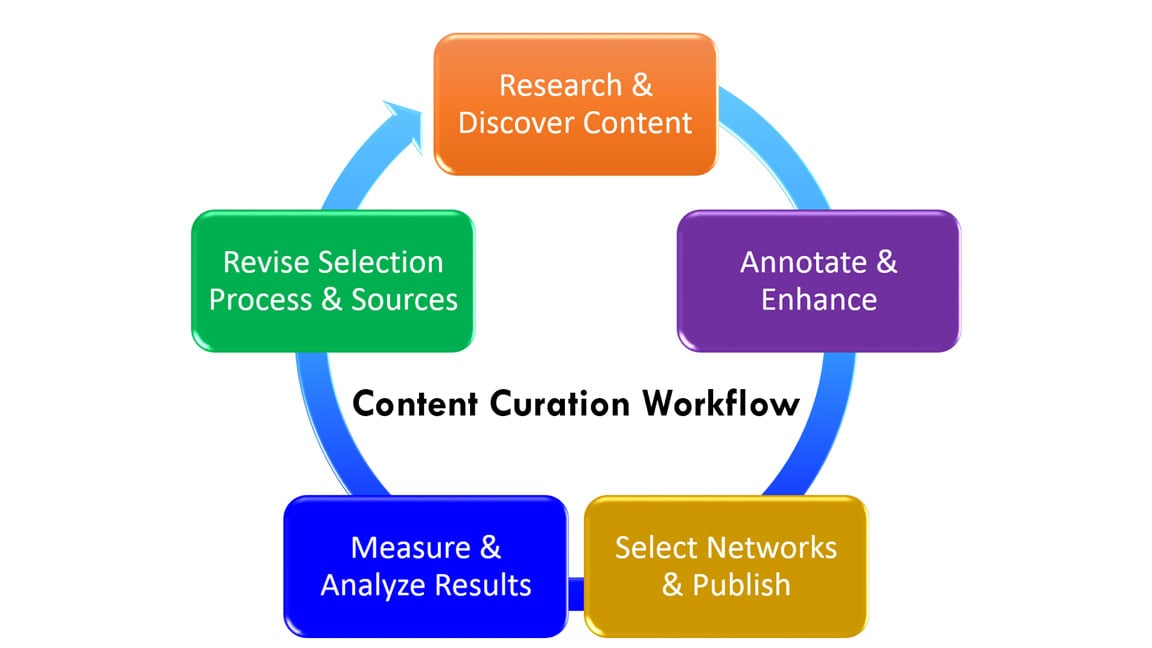
Discovery: the art & science of curating content
Finding great content to share is relatively easy once you develop a process and a workflow. Do you ever wonder how some industrial marketers seem to consistently curate interesting or compelling links? Is there some trick for getting the good stuff? You actually can do the same, and since we’re in the business of automation, you can create an efficient process to make your content curation efficient and effective.
First, there’s no secret to discovering great content to share, though there are free and paid cloud-based tools that can definitely enhance the process. It helps to be methodical and to build lists of trusted and valued sources. I tweak and adjust my content curation approach regularly, but there are some basic tactics that usually can prove to be very fruitful for anyone. For ISA, my main content curation social network sources are Facebook, LinkedIn and Twitter. Don't forget Google. Plain old keyword searching is a great way to curate content. And did you know that YouTube also is a top-ranked search engine? Try using it for your discovery process.
My other sources include industry trade magazines (Automation World, Automation.com, Control, Control Design, Flow Control, Control Engineering, et al.), business publications, science and technology media, manufacturing industry analysts, university newsletters, and blogs focusing on the industrial automation, control, instrumentation and manufacturing industries. If you’d like a quick list of Twitter accounts for automation media, click this link. For automation/manufacturing industry analysts on Twitter, click this link.
Let's also not forget your social connections. The people and companies you following on Facebook, LinkedIn and Twitter will do a lot of the discovery legwork work for you. Monitor your news feeds and leverage the benefits of an engaged community.
Do you ever wonder how Mashable, BuzzFeed or many of the top social media influencers seem to always share the hottest news, features and videos before anyone else? Here’s a little secret: think Reddit. The Reddit community is a great resource for finding the latest links, images and videos. By the time something is posted on Facebook, LinkedIn or Twitter news feeds, it’s old news for the Reddit regulars. Digital news media often rely on Reddit to beat the competition. You can leverage the site as well to showcase your industrial subject matter expertise; just learn to use Reddit by monitoring the most relevant “subreddits” for your industrial or business focus.
Tips for curation
There are several social media tools to help with curation at little or no cost. I rely on Hootsuite for monitoring topics, hashtags and keywords via custom lists and groups. Hootsuite also allows various levels of connectivity to Facebook, Google Plus, LinkedIn, and Instagram, though I warn against using the tool to post to LinkedIn groups. If you only need a Twitter tool, check out TweetDeck. There are too many monitoring and scheduling tools to review in this post, but you might start with a list created by my friend Neal Schaffer, who also created a conference series focused on social media tools.
Beware of the filters
You can follow businesses, organizations and media via Facebook or LinkedIn company pages. But don’t count on seeing most of their posts in your news feed, because Facebook and LinkedIn use filtering algorithms, which can reduce your ability to see all posts from pages you follow. Instagram and Twitter have recently announced that they plan deploy similar filtering schemes.
I don’t have any patience for the filtering algorithms, so here’s my approach: I never depend on my news feed to track the media and organizations that I have selected to follow. Instead, I collect and organize page bookmarks and go directly to the Facebook and LinkedIn pages (trust me, the social networks don't count on people doing that much work). But in my view, it’s actually less work for content curation, since I benefit from complete access to content at each page that may not have made it to the general news feeds. It's your backdoor.
For example, if you’d like to bookmark ISA’s Facebook page to view or curate content from the feed, just click here add the link to your browser, or save the link to a cloud-based bookmark management tool such as Diigo (one of my favorites). Facebook used to offer its news feed via RSS, but removed that convenient feature in 2015 probably because it made better business sense to keep traffic at Facebook (i.e. where advertising is delivered). Otherwise, an RSS app such as Feedly is a good tool for organizing and monitoring new posts at blogs, industry trade publications, general news media and other sites that are RSS-enabled.
What to share?
For content curation, remember that you are now a publisher, making editorial decisions and catering to the needs and interests of your followers. The best part is there is little to no risk to sharing content on a variety of topics and themes, as long as it’s related to your industry focus. The secret to successful social media marketing is experimentation. Try different types of content and always analyze the results. Look for content that delivers the most engagement in the form of likes, shares and comments. Posts that do well in terms of organic reach tell you a lot about how the algorithms are responding to your post engagement.
There's one fact that's clear for content curation: The digital world favors visual. Posts with short videos and good images tend to do much better than plain text. But sometimes a post lacks an image or graphic, or for some technical reason the image will not render when you paste the link into Facebook or LinkedIn. Or you just don’t think the image is right. No problem. If the image won't render, you can copy it from the page and manually reinsert it with your curated share. Don't like the image? Use your own (licensed or owned) image, graphic or video. Your goal, after all, is to maximize engagement with your share.
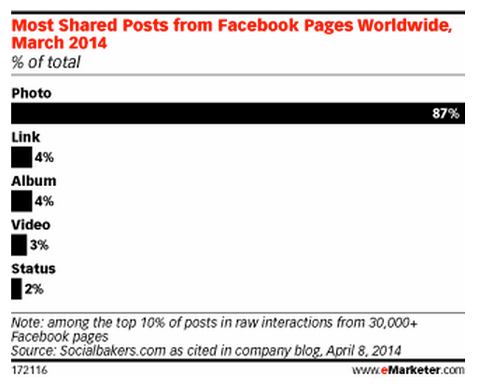
Trust but verify
I never share or retweet something that contains a link without checking out (reading top to bottom) the article or post behind the link. Headlines and titles can sound like there's compelling content on the other end of the URL, but be careful. The link can lead to marketing content or a request for the visitor to submit "digital DNA" (name and email address) in exchange for read access or a download. That's why you should establish guidelines for your brand for curating third-party content. Do you want to send your community to a sales pitch or a site that adds your followers to email marketing lists? You already have your own content to share with marketing calls to action. Why dilute your traffic by sending followers to third-party sales objectives? And consider the impact on your brand perception when deciding on content that is vendor-neutral and commercial-free vs. content that has a direct or indirect marketing goal.
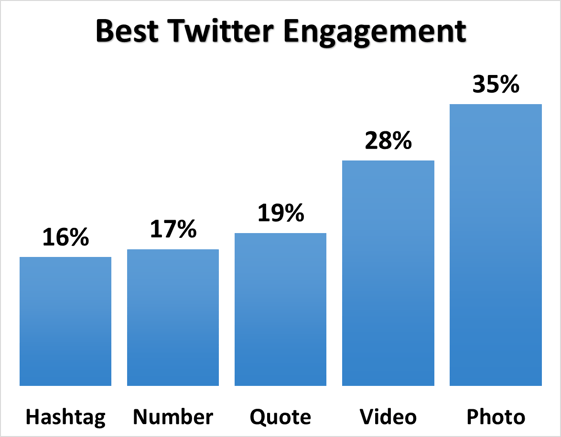 Source: Twitter
Source: Twitter
Measure your curation results
Assessment is the final step for a content curation strategy. Remember to factor in experimentation in the metrics review process. Over time your discovery process and decision-making will become better informed. While the Facebook filter is a secret, by testing different types of content shares you may be able to put your finger on the pulse of the algorithm, and gain better predictive ability for the types of posts that resonate with your community. I recently experimented with a post featuring a short (10 second) animated GIF video and a brief text description. I anticipated it would do well with an audience focused on automation, control and instrumentation because it was technically interesting and quick to consume.
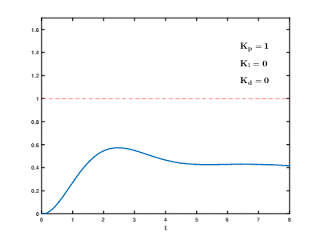 Source: Automation Forum
Source: Automation Forum
The outcome was even better than I expected. The curated share achieved the highest number of shares to date on ISA's Facebook page:
- Organic reach of nearly 30,000 (The majority of people who saw this posts were not followers of the page. Many became new followers.)
- 231 likes
- 206 shares
- several nice comments
The proof is in the net new likes or followers for ISA's Facebook page, which spiked dramatically on the day the curated video was shared.
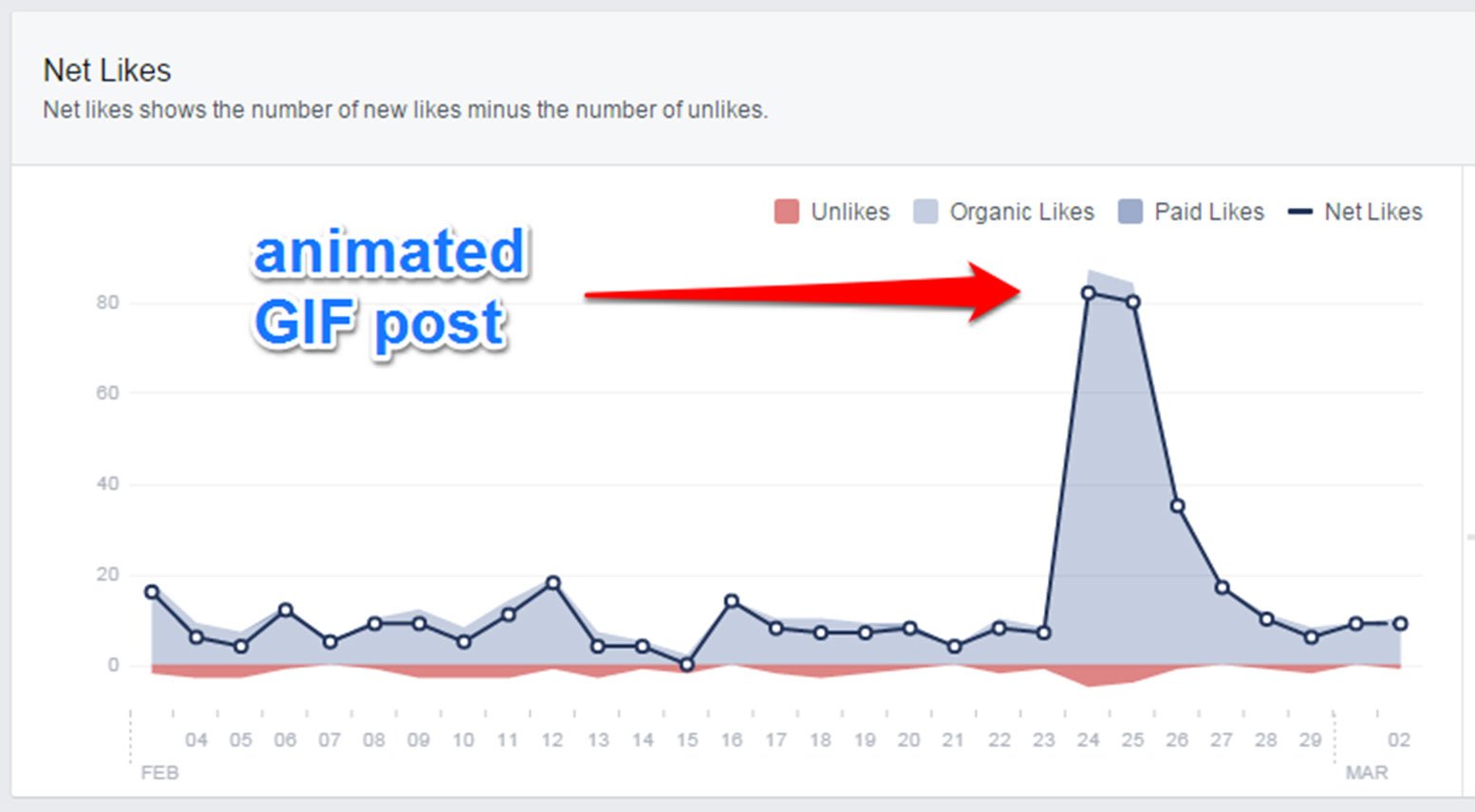

Though Facebook's deployment of a filtering algorithm has been widely disparaged in social media marketing communities, it does certainly appear to show a correlation with member response to a post. That's why you should closely monitor the reaction of your community to curated content. In this case, Facebook metrics are loud and clear: Do more like this! As a result of this experiment with a third-party animated GIF, I opted to create a short technical animation illustrating a Doppler flowmeter to accompany an upcoming promotion for an ISA book on industrial flow measurement. If you are interested in creating similar technical animations like this for your company, look for an upcoming how-to video tutorial.
For your content marketing program, what percentage of your posts are shares of third-party content? Do you think you should increase your content curation?




